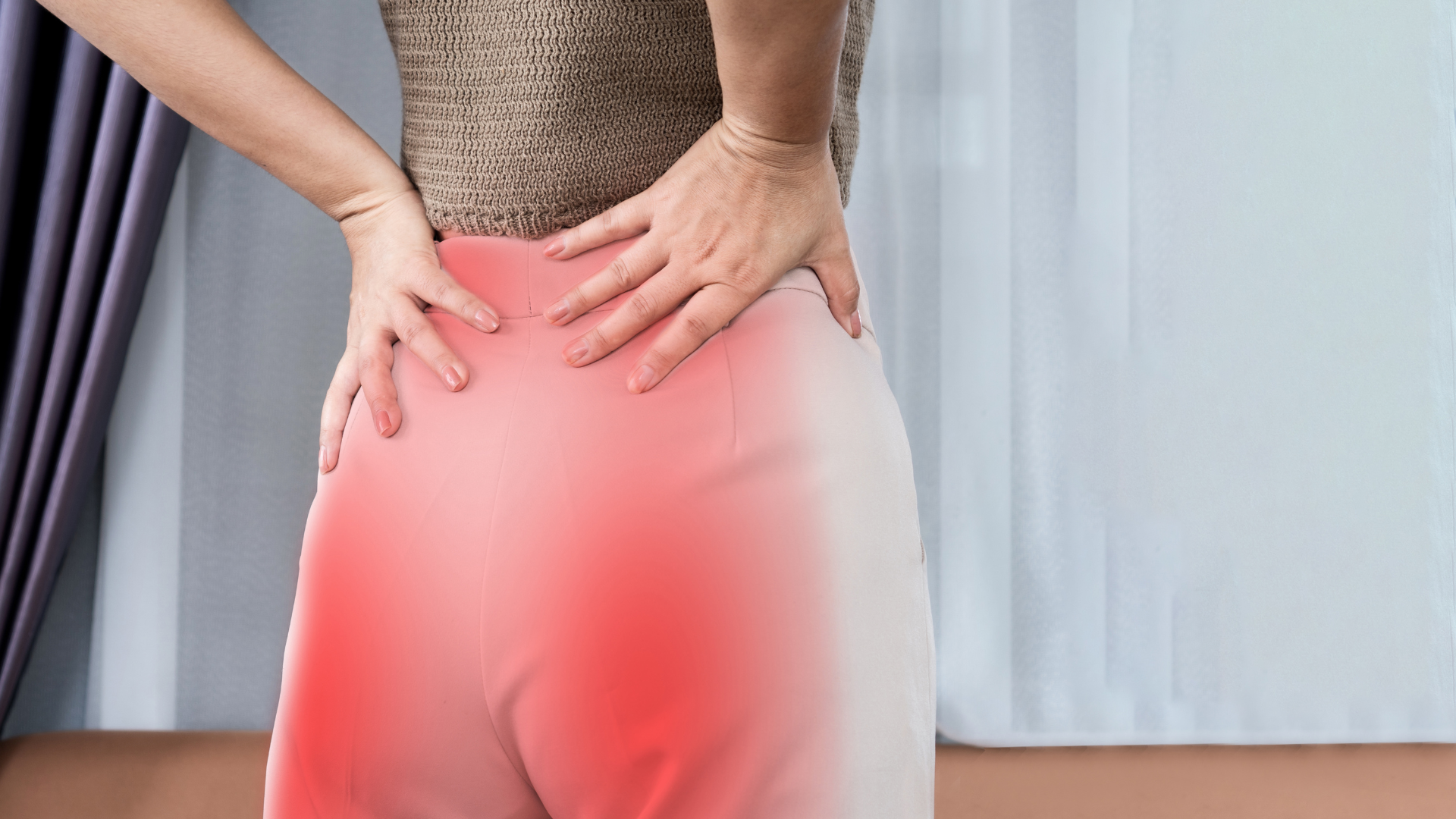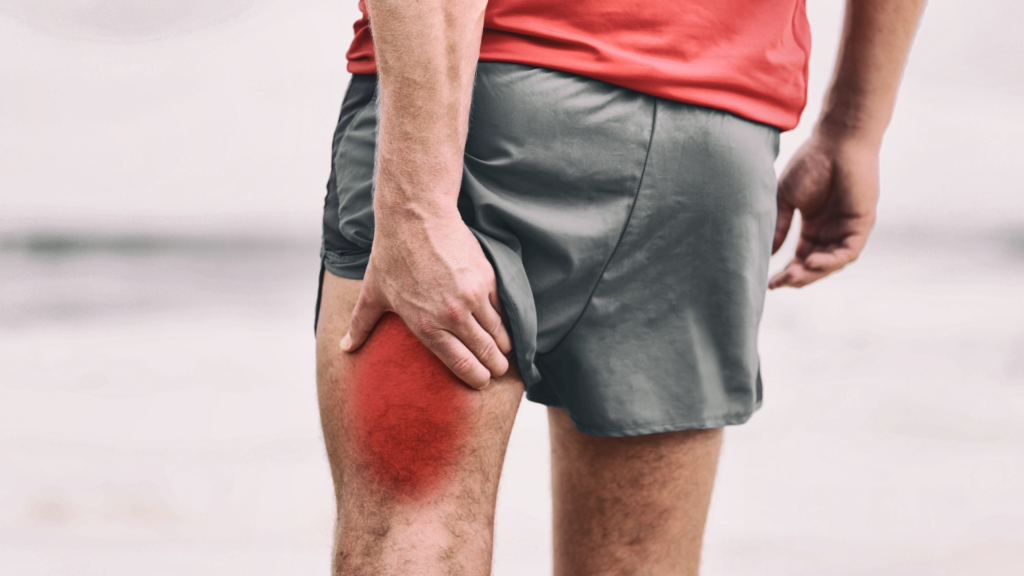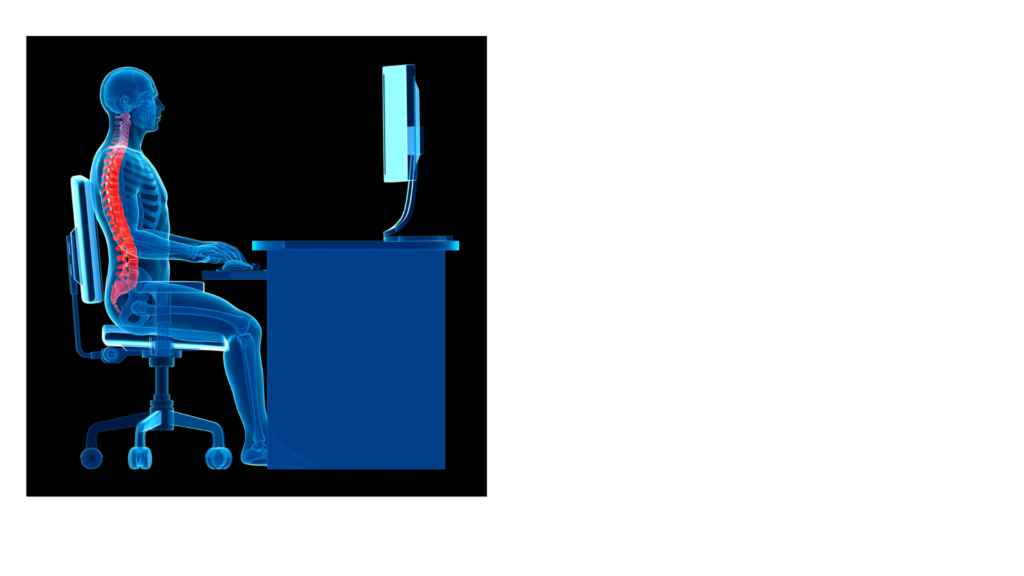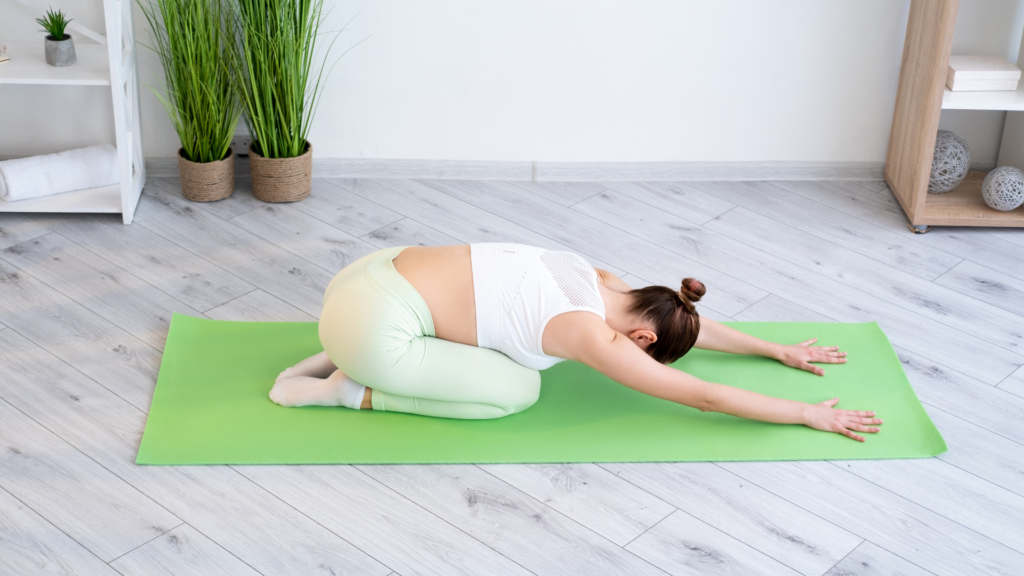Pain in the buttocks while sitting is a discomfort many people experience, often after sitting for extended periods. It can range from mild soreness to sharp, debilitating pain. This condition can interfere with work, daily activities, and overall well-being. It is very vital to understand the causes-the conditions that might have caused this pain in the buttocks when sitting-and the ways of preventing or relieving it in order to handle the discomfort effectively. This post deals with the causes, the medical conditions associated with the condition, and ways to reduce or avoid the pain, so that people can live more comfortably with less distress.
Causes of Pain in Buttocks When Sitting
The human body is wired to move and not to stay in static positions for a long time, thus putting pressure on certain parts, including the buttocks. Sitting for extended periods can result in compression of muscles, nerves, and joints, which may be harmful and cause pain to the lower part of the body. Many people suffer from pain due to long sitting hours at work, during traveling, or bad posture. Additionally, sedentary lifestyles can weaken the gluteal muscles, putting more pressure on surrounding areas like the spine, hips, and knees.
The pain in the buttocks could arise from excessive pressure on the glutes, sciatic nerve, or tailbone, and sitting on hard surfaces for a very long period may exacerbate the condition. Poor sitting posture and improper alignment of the hips and spine while sitting may cause muscle imbalances that could lead to tension and discomfort of the buttocks. Deep-set muscles, such as the piriformis buried deep within the buttocks, can also be tight and compress the sciatic nerve, thus painful to the extreme.
Conditions That Cause Buttock Pain
There are a number of medical conditions that present with symptoms of buttock pain while sitting. These conditions mostly involve inflammation or pressure on the muscles, nerves or joints in the pelvic region and make sitting unbearable for a long period of time. Following are some of the common conditions which cause buttock pain.
Proximal Hamstring Tendinopathy
Proximal hamstring tendinopathy is a painful condition affecting the tendons at the origin of the hamstrings from the pelvis. It usually results from overuse in activities that involve running, cycling, and lifting heavy loads. The repetitive nature of these movements will stress the tendons and lead to inflammation and pain in the affected area.
Causes
Proximal hamstring tendinopathy is an outcome of inflammation of the tendons that attach the hamstrings to the pelvis. It is essentially an overuse or overstretch injury from activities like running, cycling, and lifting. The repeated activities or sudden, forceful contractions cause strain on the tendons of the hamstrings, thus causing irritation and pain.
Symptoms
Pain from proximal hamstring tendinopathy is often experienced in the lower buttock or behind the thigh. Discomfort could increase with activities like sitting for extended periods of time or exercise. Tenderness to touch in the region is possible along with stiffness of the hips and legs.
Piriformis Syndrome
Piriformis syndrome is a condition whereby the piriformis muscle, deep in the buttocks, irritates or compresses the sciatic nerve. This condition may be caused by tight muscles, trauma, or long periods of sitting because these activities will further pressurize the nerve and increase the pain.
Cause
Piriformis syndrome is an irritation or compression of the sciatic nerve by a deep buttock muscle known as the piriformis. It may be due to tightness in the muscle, long periods of sitting, or trauma affecting the region. Long periods of sitting, especially on hard surfaces, can cause piriformis syndrome and make the muscle tight, which further compresses the sciatic nerve.
Symptoms
The classical symptom of piriformis syndrome is a deep, aching pain in the buttocks, which may run down the leg. The patient may also describe numbness, tingling, or weakness in the leg; these symptoms often relate to compression of the nerves. The pain tends to worsen with sitting, especially when crossing the legs or sitting on one side for an extended period.
Sciatica
Sciatica is pain running down the course of the sciatic nerve, extending from the lower back into the legs. This usually happens due to a herniated disc, stenosis of the spine, or tight muscles impinging on the sciatic nerve and thus causing discomfort and numbness, especially when sitting.
Cause
Sciatica represents irritation or compression of the sciatic nerve running from the lower back through the hips and down the legs. It could be due to a herniated disc in the lumbar spine, spinal stenosis, or tight muscles impinging on the nerve. Prolonged sitting, especially in a poor posture, exacerbates sciatica because it puts pressure on the nerve.
Symptoms
Sciatica usually produces severe, sharp, shooting pain, starting in the low back and radiating down the buttocks and down one leg. It may be accompanied by numbness, tingling, or weakness in the affected leg. Sciatica often is made worse by sitting for long periods, especially on hard surfaces or with a posture that puts more pressure on the backbone.
Coccydynia
Coccydynia is discomfort or pain in the region of the coccyx and is usually brought about by injury, long periods of sitting, or inflammation. This can occur due to direct falls onto the coccyx, delivery in childbirth, or lengthy periods sitting on hard surfaces that make sitting uncomfortable.
Causes
Coccydynia is pain in the tailbone or coccyx, brought about by injury, long sitting, or inflammation of the area. This generally comes from direct trauma to the area: a fall, childbirth, or sitting for long periods on hard surfaces.
Symptoms
Pain from coccydynia is usually limited to the region around the coccyx, worsening when sitting or changing positions from sitting to standing. It is usually manifested as a dull ache or as a sharp pain radiating to adjacent muscles. In rare and more extreme instances, this pain persists even in recumbent and erect postures.
Bursitis
Bursitis is the inflammation of the bursae-small fluid-filled sacs that act as a cushion for joints. In the buttocks and hips, bursitis may be caused by repetitive motion, injury, or prolonged pressure. Running and cycling can stress your hips, leading to irritation and pain in those areas.
Causes
Bursitis is the inflammation of the bursae, which are small pouches filled with fluid that essentially cushion the joint. Inflammation of the bursa in the hips and buttocks is usually brought about by repetitive motion or pressure on them. This happens when there is the repetition of activities that involve running or cycling.
Symptoms
Pain from bursitis of the buttocks or hips usually worsens with prolonged sitting, especially on hard surfaces. The pain may be sharp or ache and is usually localized to the side of the hip or the buttocks. In some cases, the affected area may feel tender to the touch, and patients may also experience stiffness or limited range of motion in the hips.
Ways to prevent and manage buttock pain from sitting
Sitting buttock pain can be prevented and managed by adopting certain lifestyle modifications, making certain ergonomic adjustments, and doing specific exercises. Here are some strategies which may help relieve the pain as well as avoid the problem from recurring.
Avoid Prolonged Sitting
One of the most effective ways of keeping off the buttock pain includes avoidance of long periods of sitting. These may increase pressure on both the gluteal muscles and the sciatic nerve, hence causing aggravated pain around these areas. Standing up or simply walking to stretch every 30 or 60 minutes to relieve pressure can be helpful.
Good Sitting Posture
Maintaining proper sitting posture is an important modality in the prevention and management of buttock pain. Let the chair support your back, while keeping your feet on the floor with the knees at 90 degrees. Do not slouch or lean forward; this will stress your spine and glutes. Use ergonomic furniture that encourages good posture.
Stretching
It helps to decrease muscle tension and improves flexibility, which can reduce the likelihood of pain. The focus should be on stretches that engage the glutes, hips, and lower back. Specific examples include a piriformis stretch or hamstring stretch; these can be very helpful in releasing tension and improving mobility. Yoga and Pilates are also excellent to add stretching and to strengthen the muscles surrounding the hips and lower back.
Minimally Invasive Treatments
If pain persists despite lifestyle changes and stretching, minimally invasive treatments may offer effective relief.
Coreflex Injections
Coreflex injections are used to target the affected areas with a combination of medications to reduce inflammation and promote healing. This treatment provides relief for conditions like piriformis syndrome, hamstring tendinopathy, and sciatic nerve irritation.
PRP (Platelet-Rich Plasma) Injection
PRP injections use the patient’s own blood platelets to stimulate healing in damaged tissues. This treatment is effective for managing chronic pain and soft tissue injuries, such as tendonitis and muscle strains, and helps regenerate tissues in the glutes, lower back, and other areas.
Neurospan for Spinal Conditions
Neurospan target conditions affecting the spine. For individuals with pain radiating to the buttocks due to spinal issues such as sciatica or disc herniation, this treatment can alleviate discomfort and promote healing by focusing on the affected nerves.
When to Contact a Pain Doctor
If the pain in your buttocks is persistent or worsening, despite all the care you pay, it might be time to call a doctor. Seek immediate medical help if pain travels down the leg, spreads to the areas around the patch, or involves some numbness and tingling feelings and difficulties with motion or stance. A pain specialist can then do a thorough diagnosis, which may include imaging tests, to find the underlying cause of the pain. They can also prescribe specific treatments, based on the diagnosis, to alleviate symptoms and improve your quality of life.
Conclusion
Buttock pain when sitting is a common problem related to several disorders: piriformis syndrome, sciatica, and proximal hamstring tendinopathy. For better management, it is very important to be aware of the causes and symptoms of these disorders. You can avoid the onset of buttock pain by not sitting for extended hours, observing correct posture, and doing proper stretching exercises. The persistence or exacerbation of pain warrants consultation with a pain doctor or healthcare professional for proper treatment and relief. If treated with the right approach, buttock pain may be managed, thereby making an individual sit and handle life relatively comfortably.






